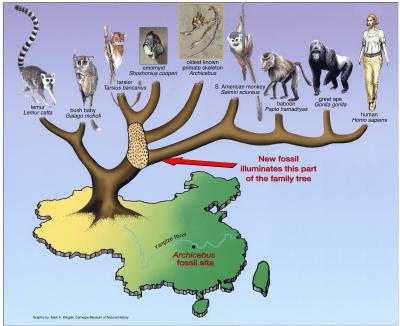Cultural Citizenship
Cultural citizenship is a way of life:
The food you eat, the clothes you wear, the language you speak in and the God you worship all are aspects of culture. In very simple terms, we can say that culture is the embodiment of the way in which we think and do things. It is also the things that we have inherited as members of society. All the achievements of human beings as members of social groups can be called culture. Art, music, literature, architecture, sculpture, philosophy, religion and science can be seen as aspects of culture. However, culture also includes the customs, traditions, festivals, ways of living and one’s outlook on various issues of life.
Cultural citizenship is learned and acquired:
Culture is acquired in the sense that there are certain behaviours which are acquired through heredity. Individuals inherit certain qualities from their parents but socio-cultural patterns are not inherited. These are learnt from family members, from the group and the society in which they live. It is thus apparent that the culture of human beings is influenced by the physical and social environment through which they operate as cultural citizens. There is an awareness of what they have inherited from the past that can be a foundation for the future. Therefore cultural citizenship is shared by a group of people. A thought or action may be called culture if it is shared and believed or practiced by the group.
Cultural citizenship is cumulative:
Different knowledge embodied in culture can be passed from one generation to another. More and more knowledge is added in a particular culture as time passes by. Each may work out solutions to problems in life that pass from one generation to another. This cycle remains as the particular culture moves through time and space.
Cultural citizenship changes:
There is knowledge, thoughts or traditions that are lost as new cultural traits are added. There are possibilities of cultural changes within a particular culture as time passes.
Cultural citizenship provides a range of permissible behaviour patterns:
It specifies how an activity should be conducted, and how an individual should act appropriately.
Cultural citizenship is diverse:
It is a system that has several mutually interdependent parts. Although these parts are separate, they are interdependent with one another forming culture as whole.
Cultural citizenship is ideational:
Often it lays down an ideal pattern of behaviour that is expected to be followed by individuals so as to gain social acceptance from the people with the same culture.
Cultural citizenship is now synonymous with digital citizenship. People become digital citizens by the process of digital landmarking (Fig 1 ). This means individuals encode local heritage in a database of words and pictures, and/or using data to produce a body of knowledge which expresses their feelings about a place. This is expressed by Theresa Hubel as staking their claim to ownership of it ”.. by the very act of writing about it”. In the context of open commons the authors of data and knowledge are using social media to exercise their right to know and speak about past, present and future cultures.
Fig 1 The process of digital landmarking
More......http://blog.culturalecology.info/2020/08/



Comments
Post a Comment